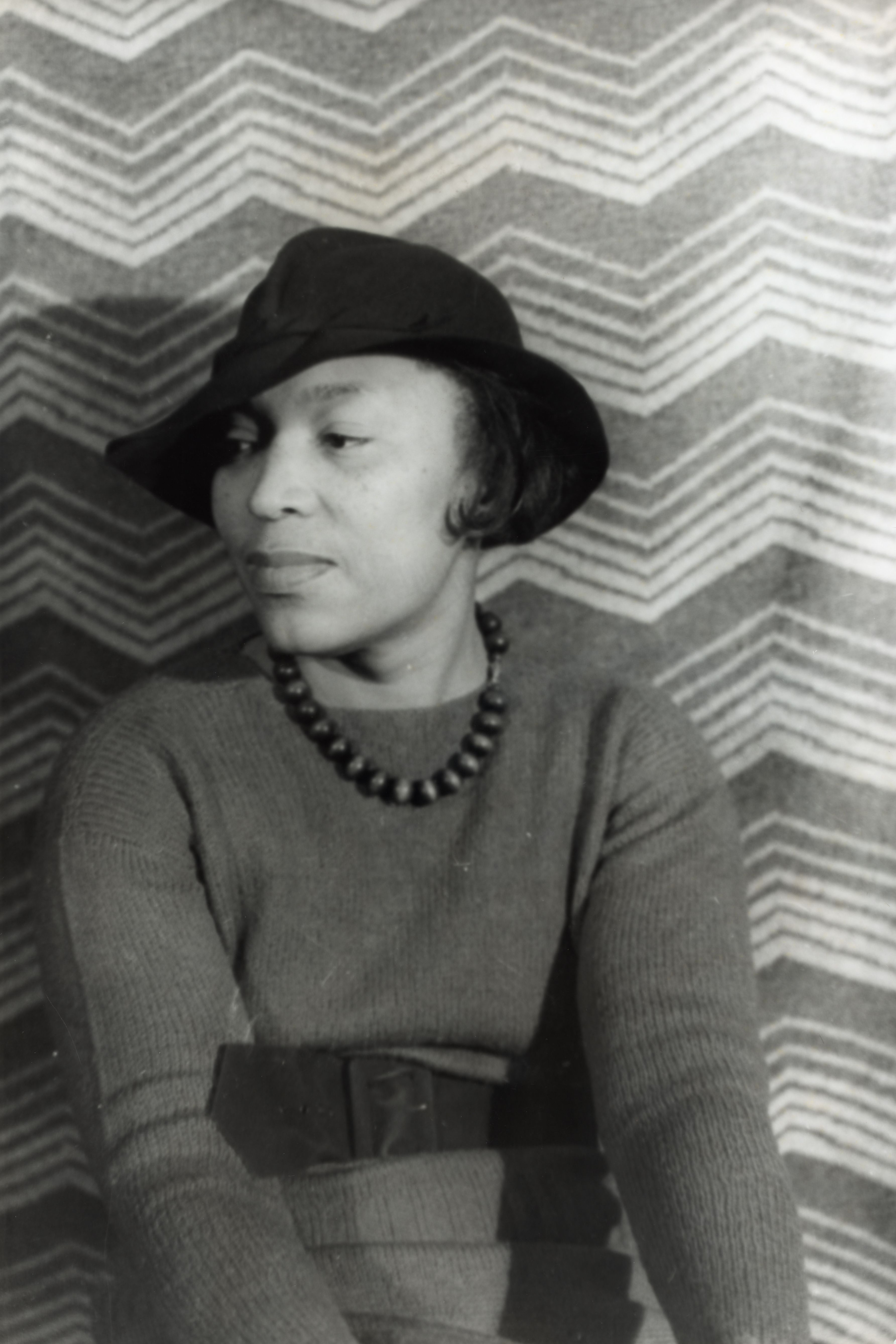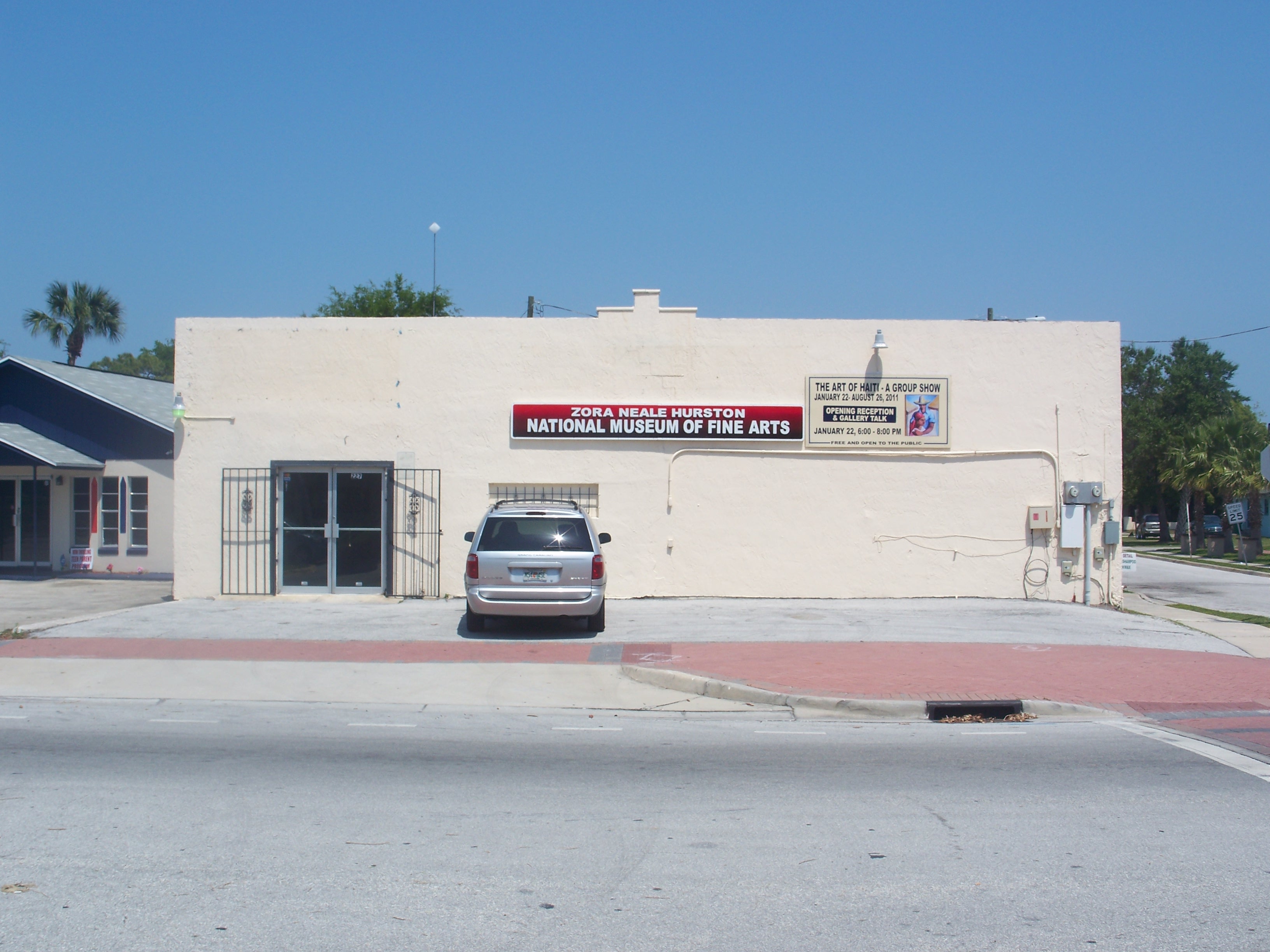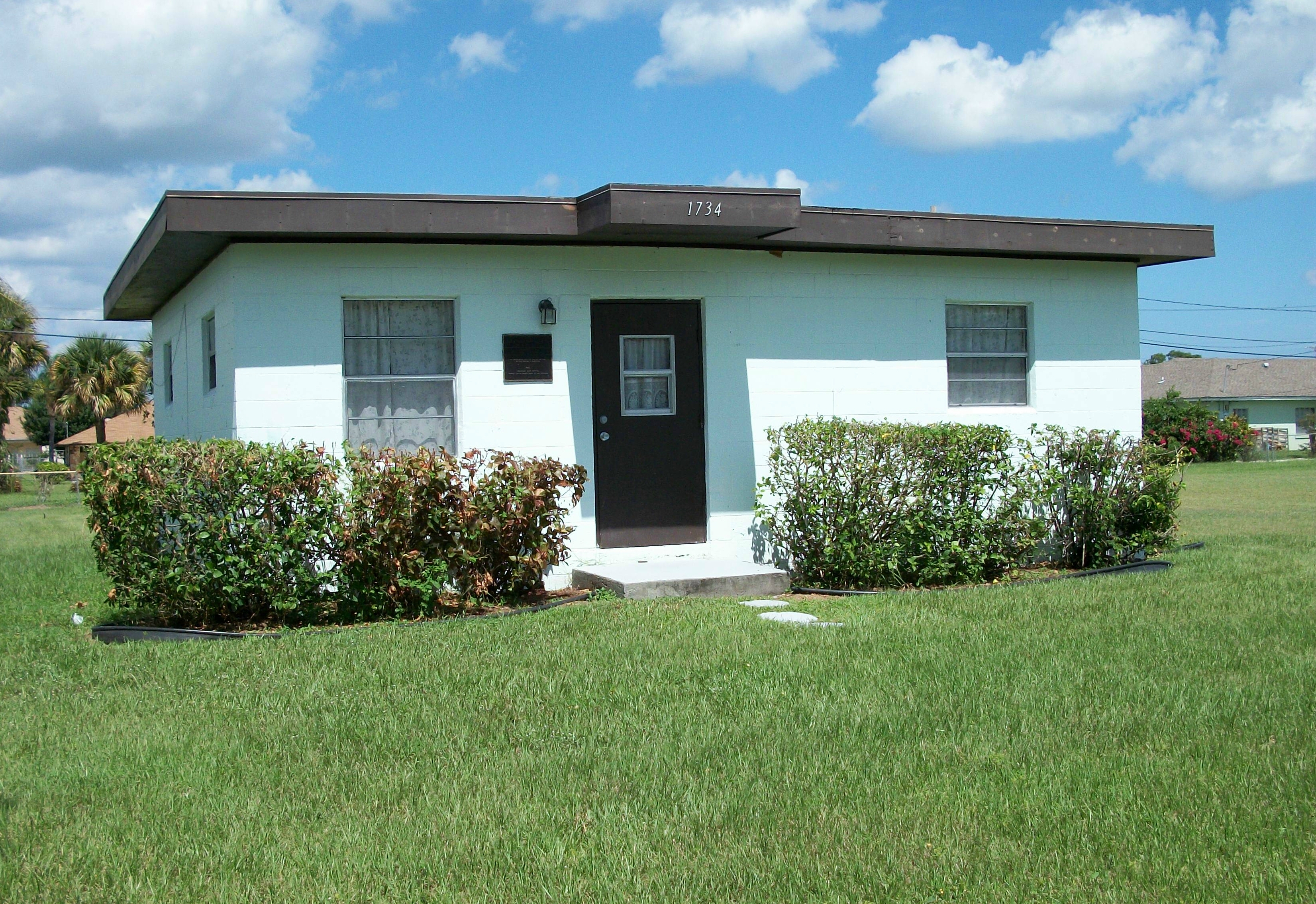
Zora Neale Hurston was born in 1891 in the small town of Notasulga, Alabama, located outside of Tuskegee and Montgomery. She was the fifth of eight children and her grandparents had been enslaved.
By age 10, the family moved to Eatonville, Florida, now a part of the greater Orlando area. It was the first incorporated all-black community in the United States.
After the death of her mother, she left attended boarding school in Jacksonville before leaving home with a traveling theatre company. She arrived in New York City in the midst of the Harlem Renaissance.
From 1921 to 1924, Hurston attended Howard University in Washington DC but transferred to Barnard College at Columbia University back in New York upon earning a scholarship to study anthropology.
In 1927, she married Herbert Sheen, a former Howard professor and jazz musician. The couple divorced in 1931. She married twice more, to Albert Price in 1939 and James Howell Pitts in 1944.
Hurston’s career spanned decades and included time on the faculty of what is now North Carolina Central University in Durham, North Carolina.
Her work appeared in countless literary magazines and publications. Her first book, Jonah’s Gourd Vine, was well received, along with 1937’s Their Eyes Were Watching God, now considered required reading in schools.
Later in life, Hurston struggled to make ends meet, entering St. Lucie County Welfare Home. She died of a stroke in 1960 and was buried in an unmarked grave. Walker and other scholars discovered her grave in 1973 and had a new marker created.
Her papers were ordered to be burned after her death, but a friend was able to salvage some. But her words were largely unknown to Americans until fellow writer Alice Walker published an article about her work.
Zora Neale Hurston Landmarks
Eatonville, Florida

Established in 1887, Eatonville played an important role in Hurston’s life as her father later served as mayor and minister at Macedonia Missionary Baptist Church. It also became a setting in her stories.
Her legacy is honored at the Zora Neale Hurston National Museum of Fine Arts, which was established in 1990. It has exhibits focusing on Eatonville history along with the work of artists from the African diaspora.
Washington DC

After finishing high school at a private school in Baltimore, Hurston moved to Washington DC to attend Howard Prep School. She then earned her associate’s degree at Howard University, a historically black college.
It was here that she began writing, cofounding The Hilltop, the student newspaper. Her first story, “John Redding Goes to Sea,” was published in the Stylus literary magazine in 1921, followed by “Drenched in Light” in Opportunity.
Fort Pierce, Florida

Zora Neale Hurston lived all over Florida during her life. In 1929, and later in 1951, she lived in Eau Gallie, a suburb of Melbourne, in a house at Guava Avenue and Fifth Street. She also spent time working at nearby Patrick Air Force Base late in life.
In 1934, she established a drama school at what is now Bethune-Cookman University in Daytona Beach. The historically black college honored her with an award for her achievement in 1956.
During a difficult time in her career, she worked as a maid in Miami. She also spent time visiting Marjorie Kinnan Rawlings at her home near Gainesville. The Zora Neale Hurston Papers are now part of the University of Florida Smathers Libraries, also in Gainesville.
Despite her many moves, the town of Fort Pierce is considered to be her home, set between Melbourne and Palm Beach. The Zora Neale Hurston House was built in 1957 and has been marked a historic landmark. She lived at 1734 Avenue L while working as a substitute teacher.
It’s one of many landmarks on the Zora Neale Hurston Dust Tracks Heritage Trail, along with the library named in her honor and her grave at the Garden of Heavenly Rest.
Additional Sites
New York City
In 1925, Zora Neale Hurston moved to New York City to attend Barnard College, where she was the first black student. She lived in the Sugar Hill neighborhood of Harlem for a time, followed by Westfield, New Jersey, a suburb of New York.
She performed fieldwork under Franz Boas in Harlem, which was undergoing a cultural renaissance with art, music, and literature from African-Americans.


Leave a Reply